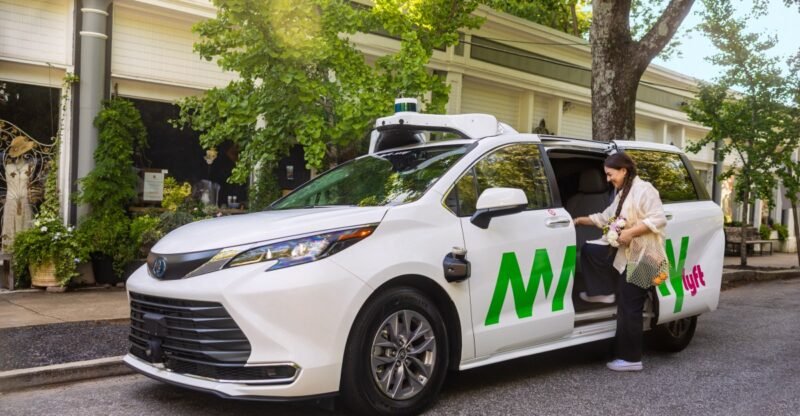Top Highlights
-
Lyft’s Autonomous Initiative: Lyft is launching its first robotaxi pilot in Atlanta, partnering with May Mobility, utilizing a fleet of modified Toyota Sienna minivans equipped with advanced sensors.
-
Service Area and Ride Options: The service will operate in a 7-square-mile area around Midtown Atlanta, allowing Lyft customers to choose rides in May Mobility’s autonomous vehicles.
-
Cautious Rollout with Safety Drivers: Initially, Lyft’s vehicles will have “standby operators” to ensure safety and comfort during rides, gradually reducing human intervention as technology improves.
-
Strategic Partnerships: Despite lagging in autonomous vehicle deals compared to Uber, Lyft is adopting a similar model by allowing external self-driving developers to leverage its ride-hailing platform, aiming to remain asset-light.
Lyft’s Strategic Move in the Autonomous Vehicle Landscape
Lyft has recently launched its first customer-ready robotaxi pilot in Atlanta. This marks a significant step as the company attempts to bridge the gap with its rival, Uber. Over the past months, Lyft observed Uber’s expansive partnerships with autonomous vehicle operators. In response, Lyft collaborated with May Mobility, a company backed by Toyota and BMW, to develop its own fleet. The robotaxi service will feature Toyota Sienna minivans equipped with advanced sensors, like cameras and lidar, promoting safer rides.
Furthermore, this pilot operates in an approximately seven-square-mile area in Midtown Atlanta. Customers who request rides will have the exciting option to match with a May Mobility autonomous vehicle. However, Lyft’s cautious approach deserves attention. Each robotaxi will include a “standby operator,” essentially a safety driver trained to intervene if necessary. This strategy prioritizes customer comfort and safety, ensuring that human oversight remains in place while technology optimizes its capabilities.
Practical Implications and Future Outlook
The inclusion of safety drivers aligns with industry standards as companies like Waymo already implement similar practices. These operators not only assist during initial trips but also help build trust with riders. Lyft aims to transition fully to autonomous rides down the line, but only when it feels confident in its technology’s reliability. This careful progression reflects the broader challenges of ensuring safety in autonomous transport.
As Lyft expands its partnerships with self-driving developers, it aims to remain asset-light. This strategy allows Lyft to avoid heavy investments in vehicle ownership while still providing customers with access to innovative technology. Ultimately, the rollout of robotaxis in Atlanta serves as a test case, potentially paving the way for the widespread adoption of autonomous vehicles. This evolution in transportation could significantly enhance the human journey, offering more convenient and safer travel options for everyone.
Stay Ahead with the Latest Tech Trends
Stay informed on the revolutionary breakthroughs in Quantum Computing research.
Access comprehensive resources on technology by visiting Wikipedia.
TechV1

